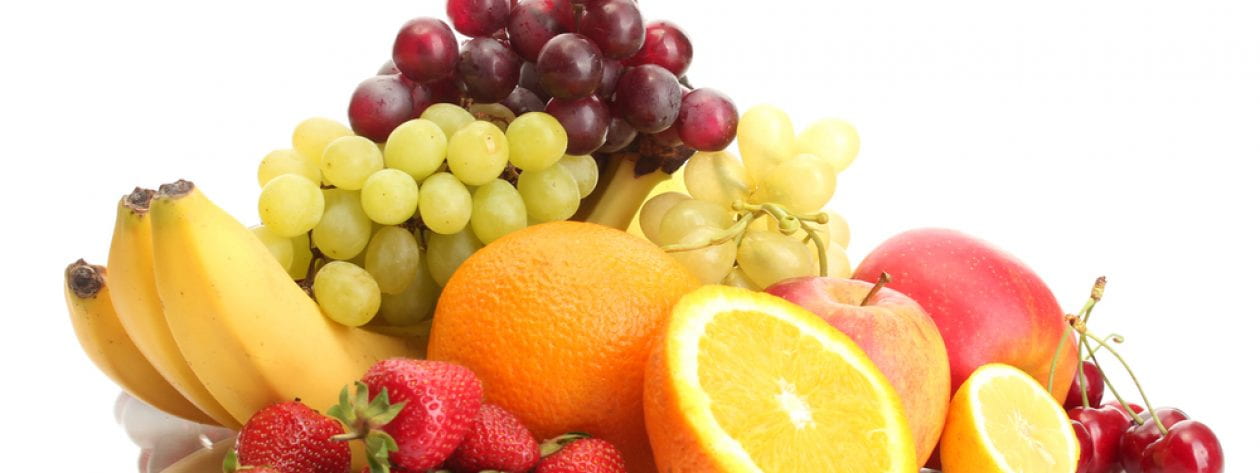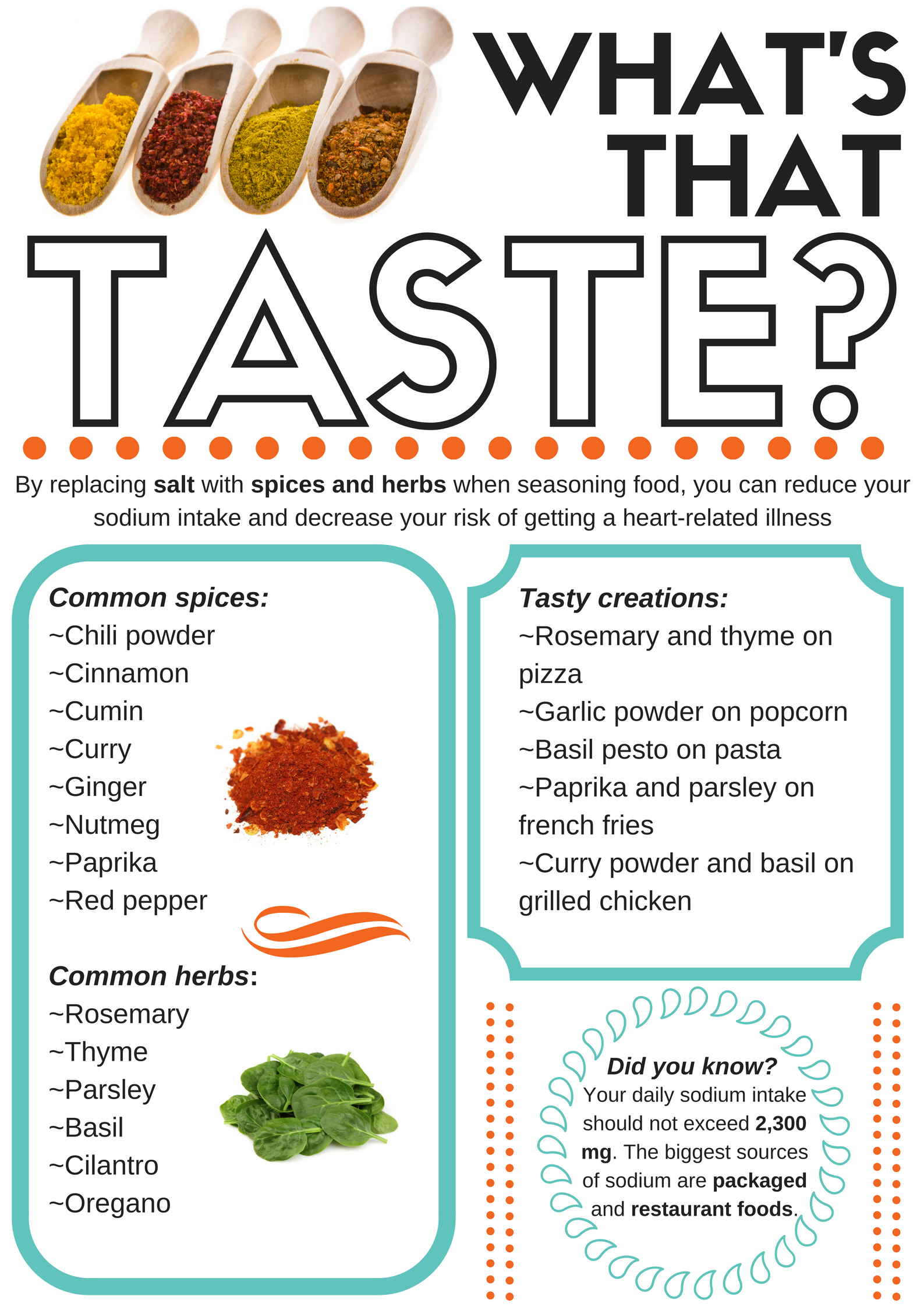Everyone knows that fruits and vegetables are good for you, but most people struggle to include enough in their diet. We wanted to share some easy ways that you can incorporate more of them into your diet without sacrificing much time or energy.
Breakfast
- If you like oatmeal, try mashing up a banana and stirring it into your warm oats instead of adding brown sugar. Top with a handful of berries and you’ve already started your day with two servings of fruit!
- Throw some spinach, peppers, or mushrooms into your scrambled eggs (or tofu scramble) in the morning.
- Make a breakfast sandwich with eggs or tofu, avocado, and tomato on some whole grain toast.
- Add blueberries, strawberries, apple, or peaches to your pancakes! There are so many variations and I’m positive you’ll love them all.
- Make some chocolate chia seed pudding by combining ¼ cup chia seeds with 1 cup of your favorite milk or milk alternative, 1 tablespoon honey, maple syrup, or agave, and 2 tablespoons cocoa powder. Stir and store in a jar or Tupperware container and let it sit for 5+ hours or overnight. Top with berries for a delightful and filling breakfast or snack
- Are you a yogurt person? Throw some fruit into it and call it a parfait!
- Zucchini muffins and zucchini bread are the two classic hidden vegetable treats that children always fall for. But did you know a zucchini is technically a fruit? (;
- Of course, a smoothie is one of the easiest ways to eat more fruits and vegetables. Hint: try freezing your banana (take the peel off first!) for a super creamy and dreamy smoothie.
Lunch + Dinner
- Enjoy a pasta dish with added vegetables. Broccoli pairs well with spaghetti, and mushrooms or peppers taste phenomenal in an alfredo dish!
- Making a quesadilla? I promise it’ll taste even better with peppers and onions. Saute them first!
- Add some crunchy leafy greens to your next sandwich. My personal favorite is romaine or red leaf lettuce!
- Is it Taco Tuesday? Tomatoes and peppers would be perfect in that burrito of yours! And don’t forget the guacamole.
- Speaking of guac, have you tried avocado toast yet? Whoever said it doesn’t count as a meal was lying.
- Add peas to your mac n cheese. Trust me on this one.
- Don’t hate on veggie pizza. It’s a delicious way to eat more vegetables and I swear it tastes amazing. I could also suggest pineapple on pizza, but I won’t even go there…
- If you’re already planning on having wings, then it’s a no-brainer to eat some celery too. You could even have a side salad. #balance
I sincerely hope you try some of these out. Eating well really doesn’t have to be that complicated! Happy National Nutrition Month, Penn State!
Stay RHEAL!




